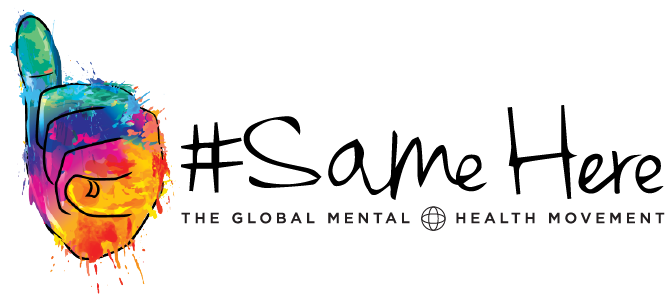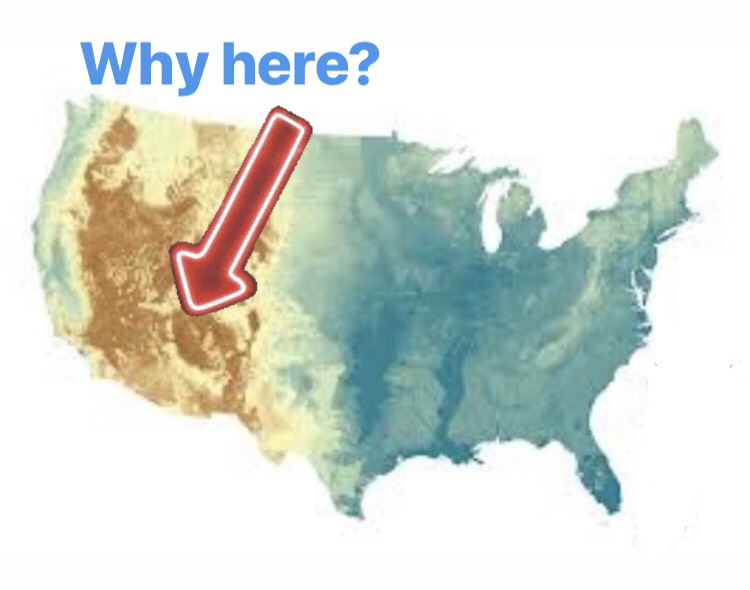Reading this headline feels like a punch in the gut, huh?
In a series of studies that were reported in many major newspapers & outlets today, it appears that suicide rates of girls & young women (in two age categories: 10-14 & 15-19) are significantly on the rise in the past few years, relative to the rise in suicides of boys/young men the same ages.
You read most of these articles or listen to most of these reports & immediately conclusions are being drawn: girls/women are meaner to each other on social media, they have higher demands to live up to relative to models in clothing/swim-suits, hormones are all over the place at such a tender age. And with all the theories come all the ways in which we should be working to find answers specifically for this group.
There is a potential flaw with the logic of beginning to attack this issue this way, specifically. It assumes the connection & common understanding (or lack there) of MH we all have (both boys & girls) is not a factor…it also assumes the way that boys treat girls isn’t a factor.
I was floored…literally floored the other day, when my niece’s friends (they are in HS) told me that there are apps where you can send a note to someone you are interested in, essentially asking them to “rate” you. Maybe I’m really in the dark ages but I had no clue this existed. Finding out immediately from a love interest – whoever that interest is, boy or girl, that they don’t think much of you, through a screen? That must be devastating.
Then there’s the concept of “being left in Read.” Basically meaning that someone read your text message but chose not to respond, leaving you in a place where you’re wondering if you’ll ever hear back. This stuff just scratches the surface.
Don’t get me wrong – I am a fan of individualized break-out sessions for girls/boys. We did this at Towson with Imani McGee Stafford & the young women felt very comfortable opening up to her as fellow woman, when they were the only ones in the room. That said, this breakout session was done AFTER our main #SameHere session, where we set the
foundation/groundwork/mutual understanding/culture that we ALL face challenges, we don’t know what others may be going through, & we must be sensitive to one another’s battles.
Continuing to segment, not just based on disorder, but gender now, as the FIRST issue to act on, can lead us down a very dangerous road. A couple of key takeaways, regardless of the trends:
1) we have a MH epidemic & until we establish a baseline understanding of what we ALL go through, it will be hard to make a dent. We can’t start micro analyzing – especially given the lack of resources, when there is such a macro misunderstanding about this issue.
2) this issue is arising at SUCH a young age. I’m hopeful that the scary findings from studies like these change the minds of those who believe that talking about MH below the age of HS or even Jr HS is not the right thing to do. I’ve been to many classrooms in elementary schools, & our kids pick up everything they hear from us. They take this stuff in, & if we don’t give them an outlet & start to teach them social & emotional healthy habits, we can’t expect these negative trends to improve.


